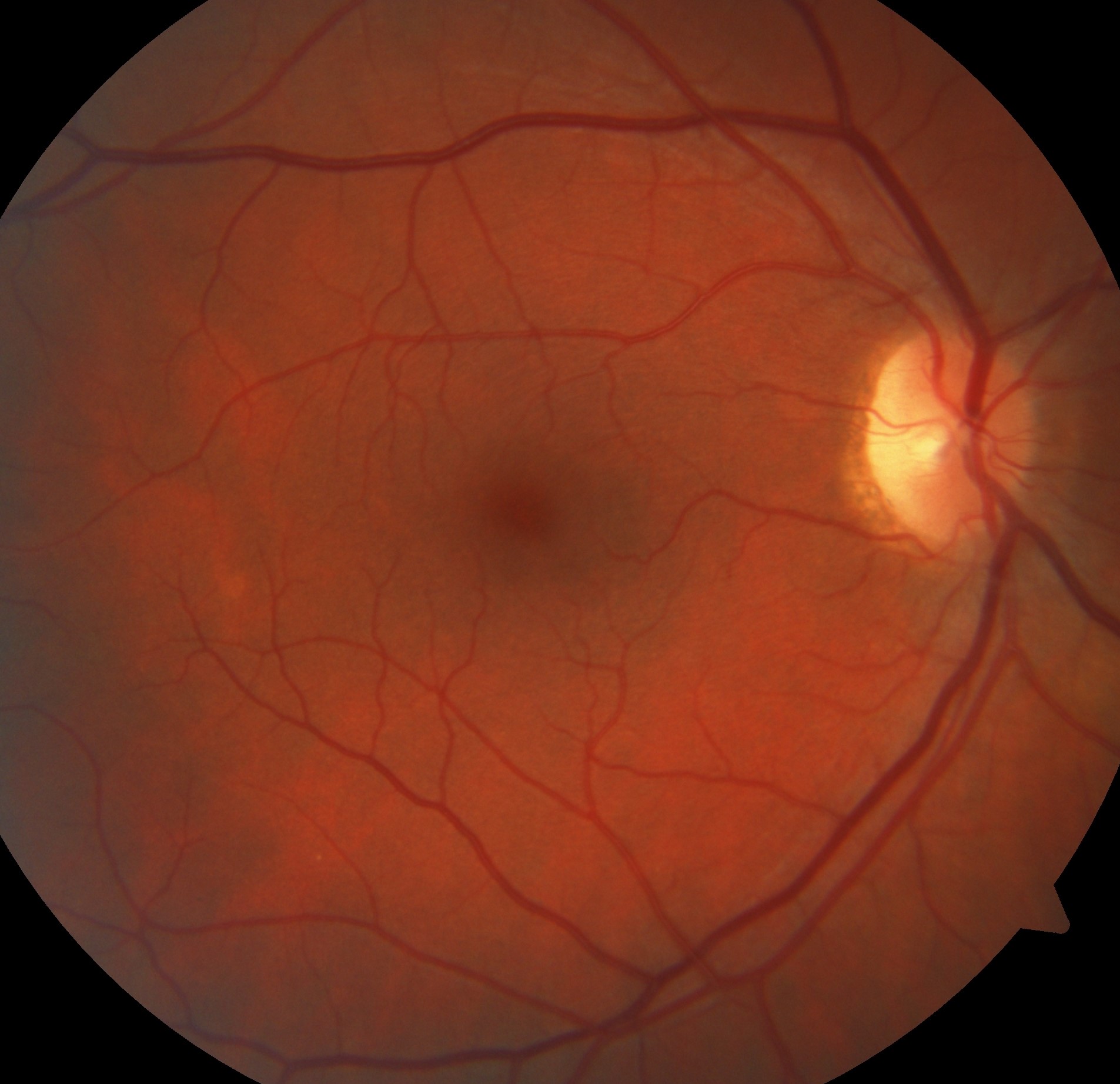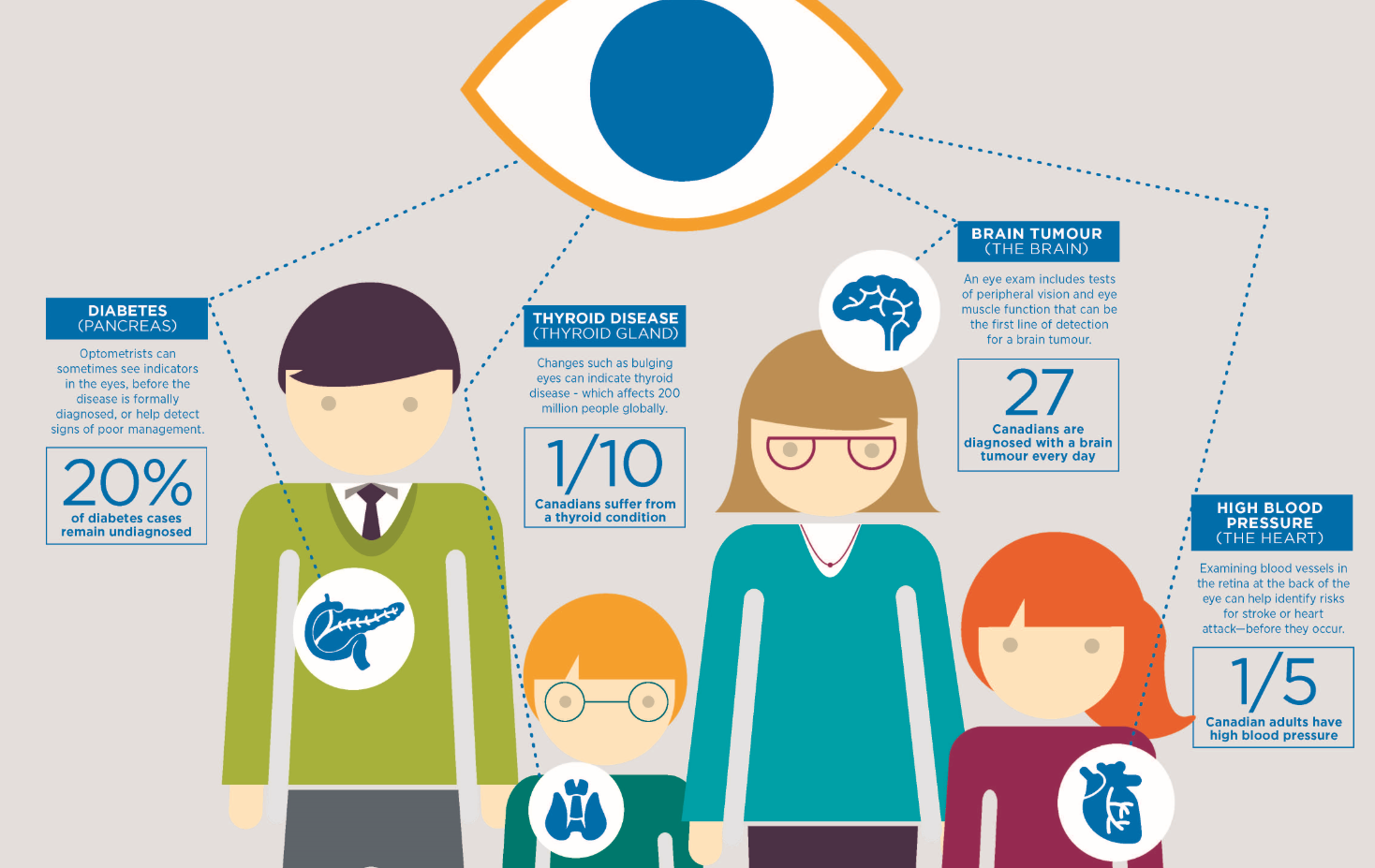Protect Your Eyes From The Sun
Just like we need sunscreen to protect our skin from the sun’s harmful UV rays, sunglasses play an important role in protecting our eyes from the the damaging effects that UV rays can have on our eyes!
Check out this Sun Protection Tip Sheet from Doctors of Optometry Canada:
To help reduce UV radiation damage to your eyes, consider the following tips:
1) Be conscious of the daily UV index and the many sources of UV radiation, including direct sunlight and reflections from snow, water, sand and pavement.
2) Wear sun protection such as sunglasses, UV-blocking contact lenses and a wide-brimmed hat or baseball cap, when outdoors.
3) Never look directly into, or stare at, the sun.
4) Keep out of direct sunlight between 10 a.m. to 4 p.m., when the sun’s rays are strongest.
5) Keep children younger than six months out of direct sunlight. Use a canopy or umbrella as a sun-shield when outdoors.
6) If you require prescription glasses, consider:
- Variable tint or transitions lenses that darken when exposed to UV light
- A separate pair of glasses with tinted lenses and UV400 protective coating for outdoor use
- Contact lenses with UV protection in combination with non-prescription sunglasses (check out the selection of high-quality prescription and non-prescription sunglasses offered by your Doctor of Optometry)
7) If you do not require prescription glasses, choose over-the-counter sunglasses with:
- A close-fitting, wrap around style frame
- 100% UVA and UVB blocking lenses
- Impact resistant lenses






